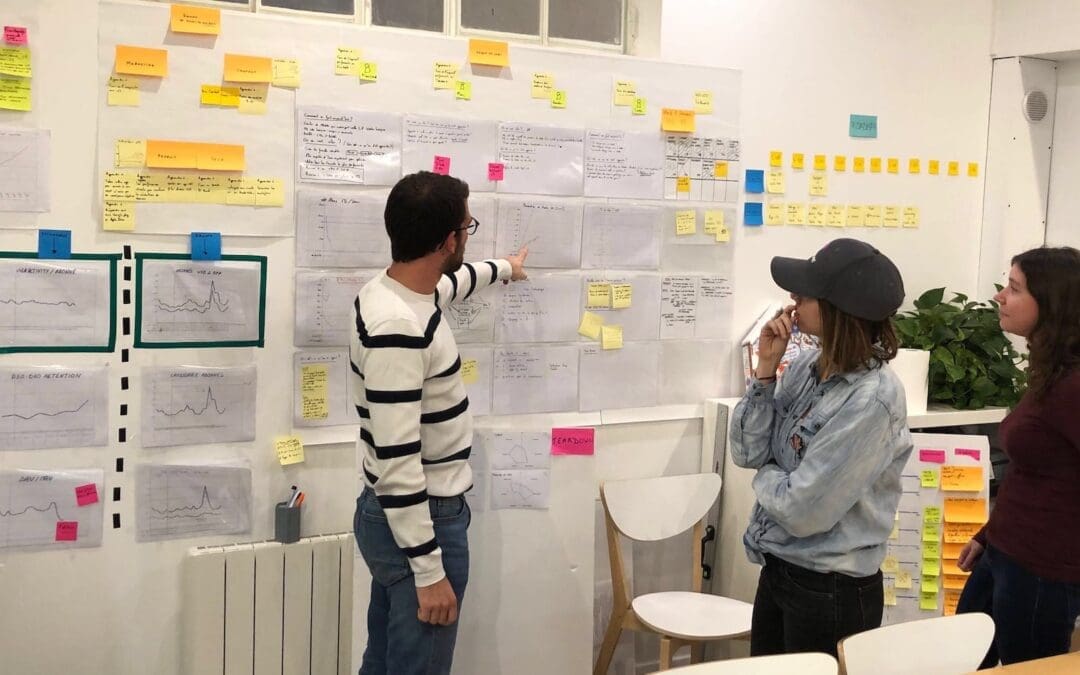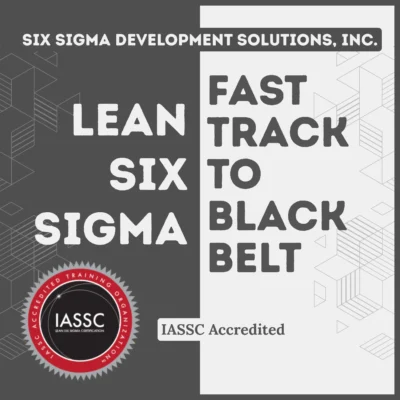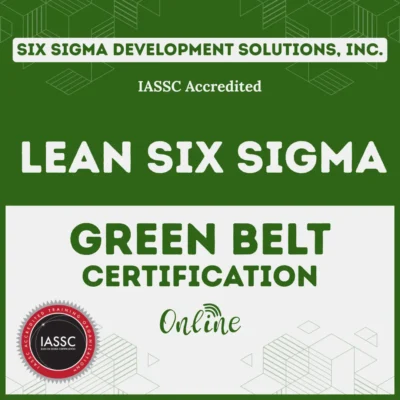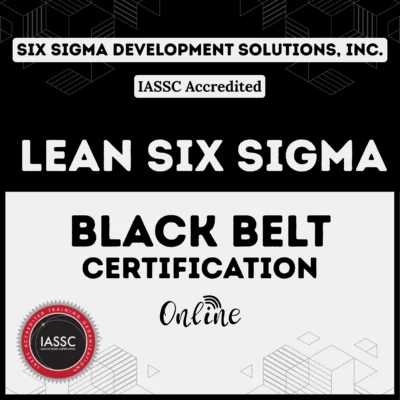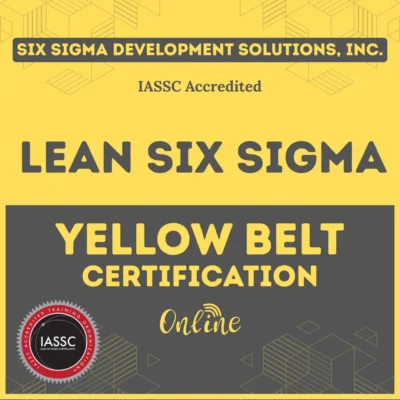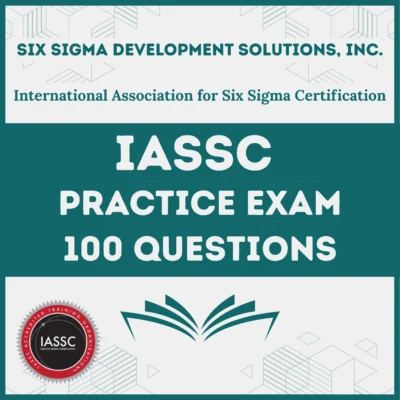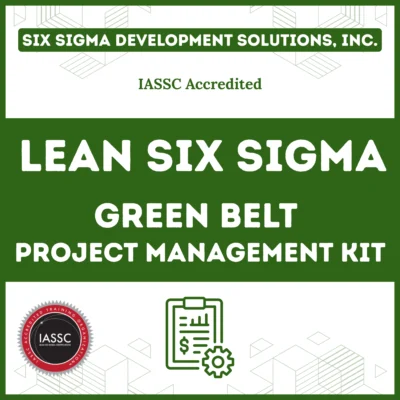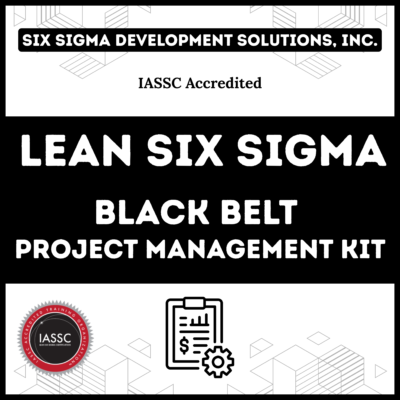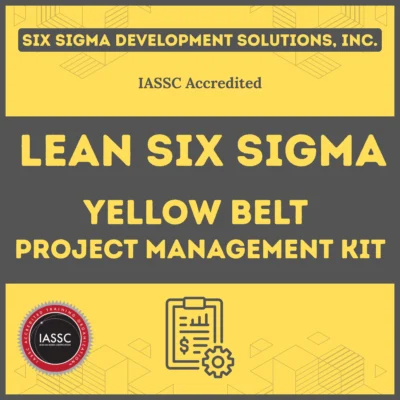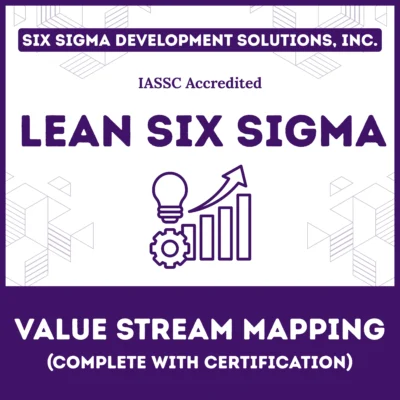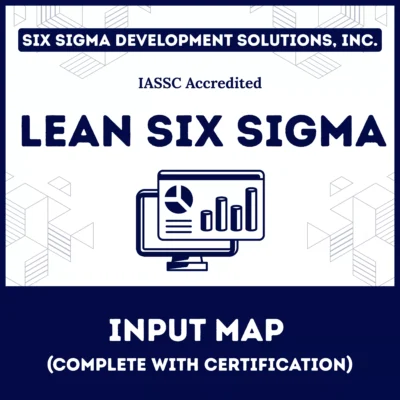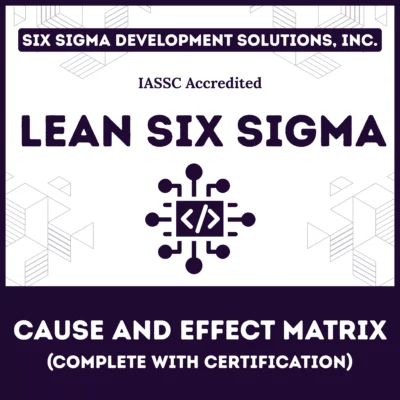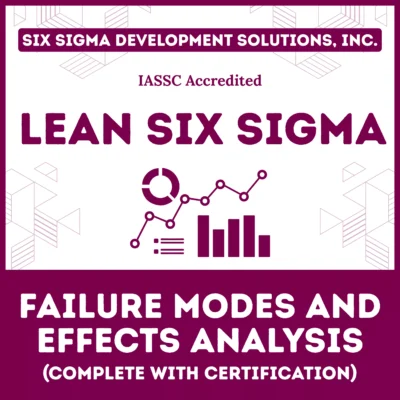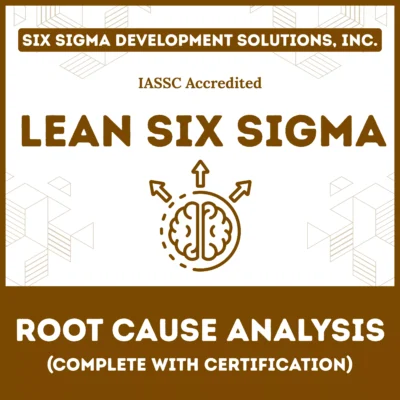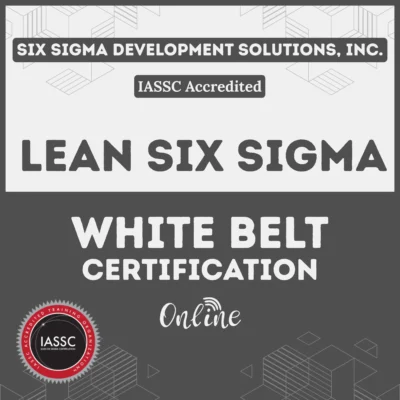Table of Contents
What Is an Obeya Room & How to Build One?
The term Obeya (also spelled Obea) means “Big Room” or “Great Hall” in Japanese. It was first introduced by Toyota in the 1990s during the development of the Prius. Since then, Obeya rooms have become a cornerstone of Lean project management and strategic planning.
Today, organizations use both physical Obeya rooms and virtual Obeya software (like iObeya) to align teams, visualize progress, and manage complex projects across industries in the US, UK, Japan, and worldwide.
An Obeya room provides a “single source of truth” where leaders and teams can see data, make decisions faster, and connect strategy with execution. This guide explains how to start an Obeya room, the 11 principles, methodologies, and team roles you need for success.
Want to learn more about Lean and Obeya? Explore American Society for Quality’s resources or check out our Lean Six Sigma training programs.
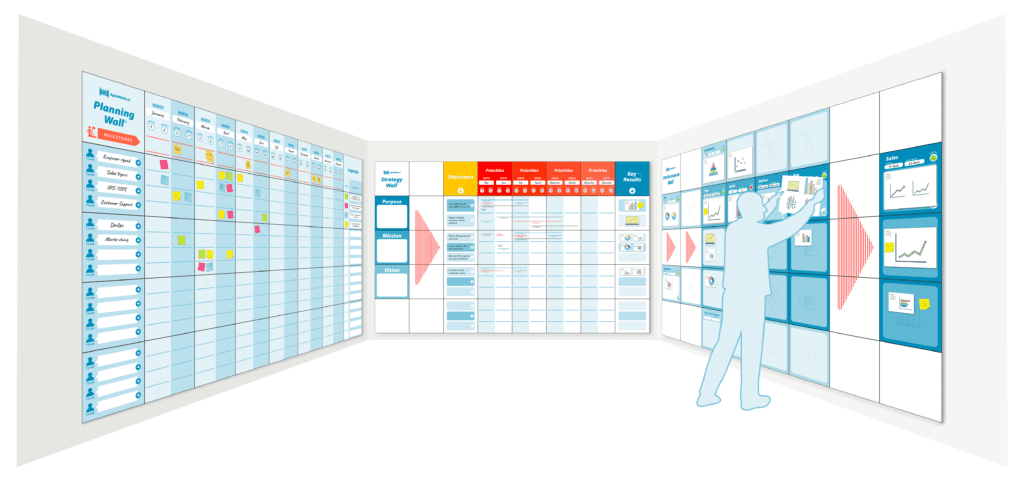
What Is an Obeya (Obea) Room?
An Obeya room is a central hub – physical or digital – where project teams and leaders gather to review data, discuss problems, and drive solutions. It’s especially effective for:
- Multi-project or program management
- Agile transformation initiatives
- Lean Six Sigma deployments
- Strategic decision-making
Virtual Obeya rooms (iObeya) are now common, supporting remote and hybrid teams across industries such as manufacturing, healthcare, finance, and government.
How to start using Obea Rooms
Obeya is a complex system to learn. This page will guide you in the right direction.
We have defined 9 steps based on the experiences of our network to provide you with a structured approach when setting up your Obeya. It is important to note that approaches that work for one organization may not work for another. Different approaches can sometimes produce the same results.
The purpose of this writing is to give Obea practitioners guidance and help without being dogmatic. It is possible to have good reasons for deviating from the steps outlined below. Obeas is a learning experience that can be valuable from the very beginning. There is no absolute truth. We are confident, however, that these steps will help you to get started with your Obea.
How to Start Using Obeya Rooms
Getting started with Obeya can feel complex. This page breaks it down into six structured steps, based on proven practices from Lean experts and Obeya practitioners.
Step 1: Get Familiar with the 11 Obeya Principles
The 11 Obeya Principles are grouped into four quadrants: Mindset, Alignment, Workspace, and Content.
Together, they define the rhythm, behaviour, appearance, and data flow of an Obeya room. Study them one by one and apply them gradually – this builds a sustainable Obeya foundation.
Step 2: Define Your Obeya Purpose
Ask: What decisions should this Obeya room support?
For your team to embrace Obeya, you must:
- Identify the problem you want to solve.
- Define success – what does improvement look like?
Clearly stating the purpose will guide your Obeya from setup through execution.
Tip: The Obeya Basics Training Module is a helpful starting point for practitioners.
Step 3: Determine Which Principles Need the Most Attention
Start small and focused. Use the Obeya Focus Scan to rate your current state and identify the top three principles that matter most.
This practical tool can be completed in minutes – individually or as a team. Revisit it every quarter to measure progress and keep alignment.
Step 4: Choose an Appropriate Obeya Methodology
Frameworks to start your Obeya include:
- 6 Panels Approach – simple and visual
- PDCA Approach – focus on continuous improvement
- Leading with Obeya – leadership-driven strategy execution
Pick one that fits your organization’s culture and maturity level, then adapt as you grow.
Step 5: Assign Obeya Builders and Obeya Hosts
The Obeya builder sets up the room (or software).
The Obeya host facilitates discussions, ensures data is updated, and keeps the team engaged.
Having trained Obeya experts early on prevents reversion to old systems and ensures long-term adoption.
For detailed guidance, see the book Obeya by the Obeya Association or access training modules in the Obeya Library..
Step 6: Choose a Core Obeya Team
Select a small, focused team to launch your Obeya. Ideal composition:
- 1 senior sponsor
- 3 core users
- 1 Obeya host
- 1 Obeya builder
- 2 data analysts
This ensures quick progress, relevant discussions, and access to the right data. Keep the team lean to avoid slowdowns.
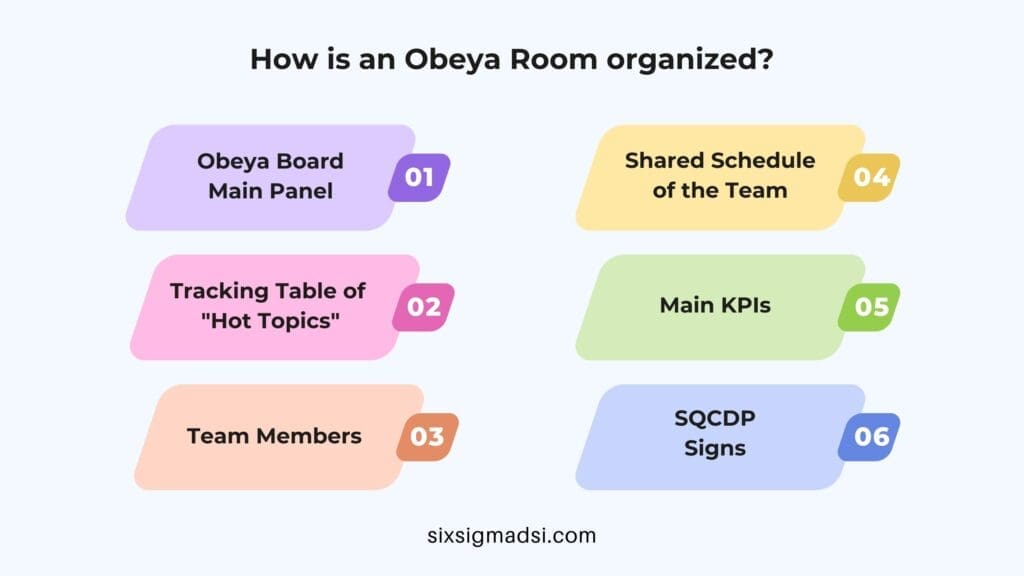
Frequently Asked Questions About Obeya Rooms
1. What is an Obeya Room?
An Obeya Room, which means “big room” in Japanese, is a central space where teams plan, review, and align on projects. It brings together data, visuals, and collaboration tools to improve decision making and problem solving.
2. What are the benefits of using an Obeya Room?
It helps teams stay aligned, increases transparency, and speeds up project delivery. It also supports continuous improvement by visualizing goals, progress, and problems in one place.
3. How does a virtual Obeya Room work?
A virtual Obeya Room uses digital tools like dashboards and shared boards to replicate the physical experience. It allows remote teams to collaborate in real time and stay focused on shared goals.
4. How is Obeya related to Lean and Six Sigma?
Obeya supports Lean and Six Sigma by providing a structured visual system for managing performance, problem solving, and strategy execution. It connects people, processes, and data seamlessly.
5. How can I implement an Obeya Room in my organization?
Start by defining your purpose and aligning it with company goals. Use visual boards to display KPIs, timelines, and actions. Train a small core team to manage the room and keep the system consistent.

Public, Onsite, Virtual, and Online Six Sigma Certification Training!
- We are accredited by the IASSC.
- Live Public Training at 52 Sites.
- Live Virtual Training.
- Onsite Training (at your organization).
- Interactive Online (self-paced) training,
About Six Sigma Development Solutions, Inc.
Six Sigma Development Solutions, Inc. offers onsite, public, and virtual Lean Six Sigma certification training. We are an Accredited Training Organization by the IASSC (International Association of Six Sigma Certification). We offer Lean Six Sigma Green Belt, Black Belt, and Yellow Belt, as well as LEAN certifications.
Book a Call and Let us know how we can help meet your training needs.

